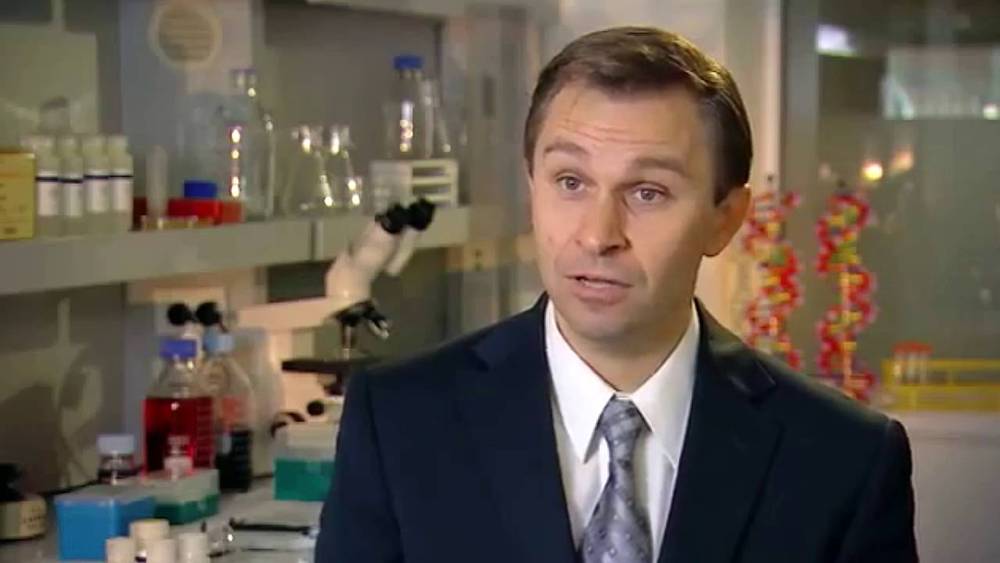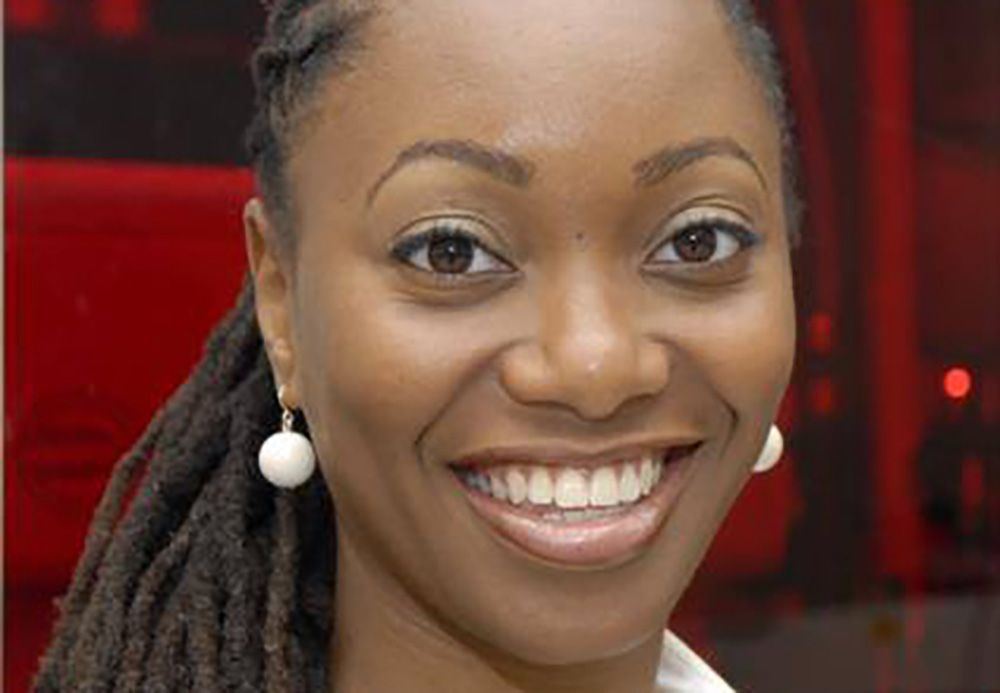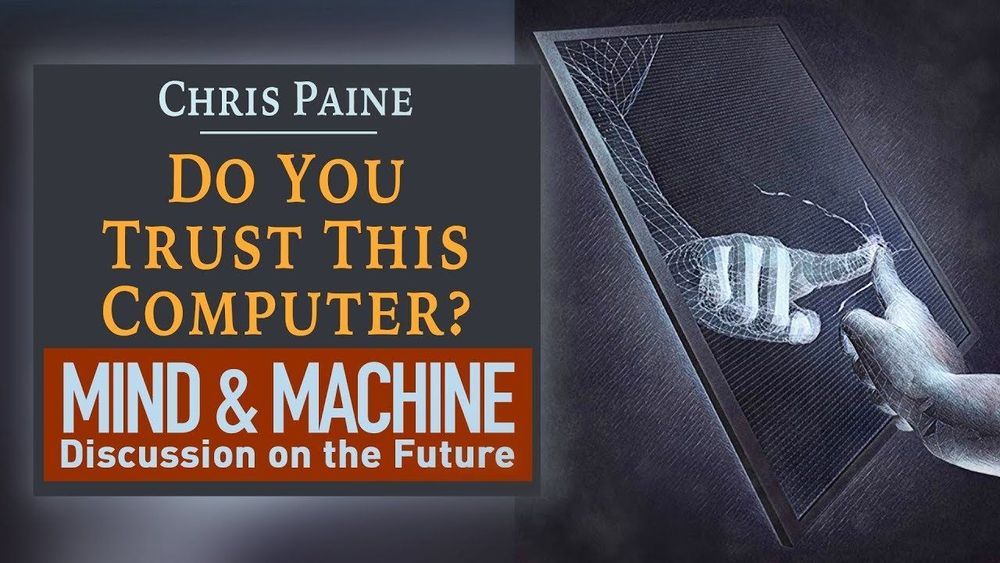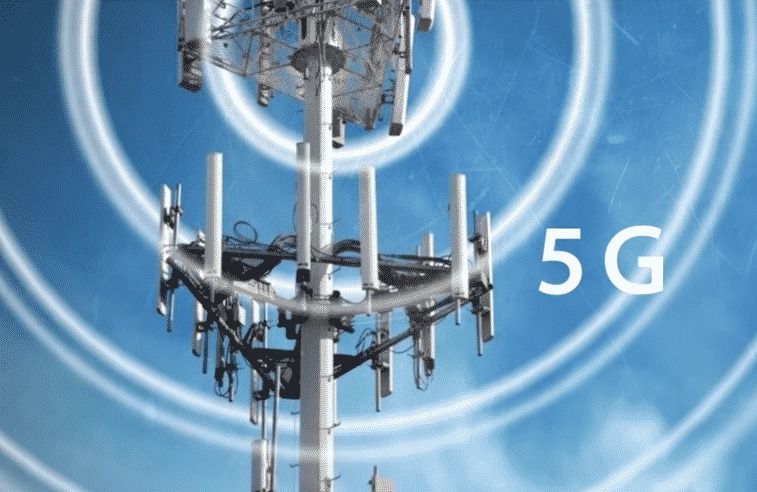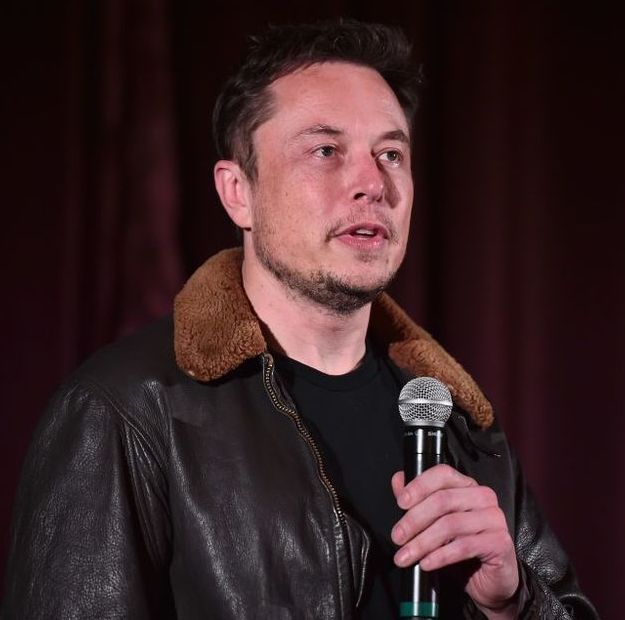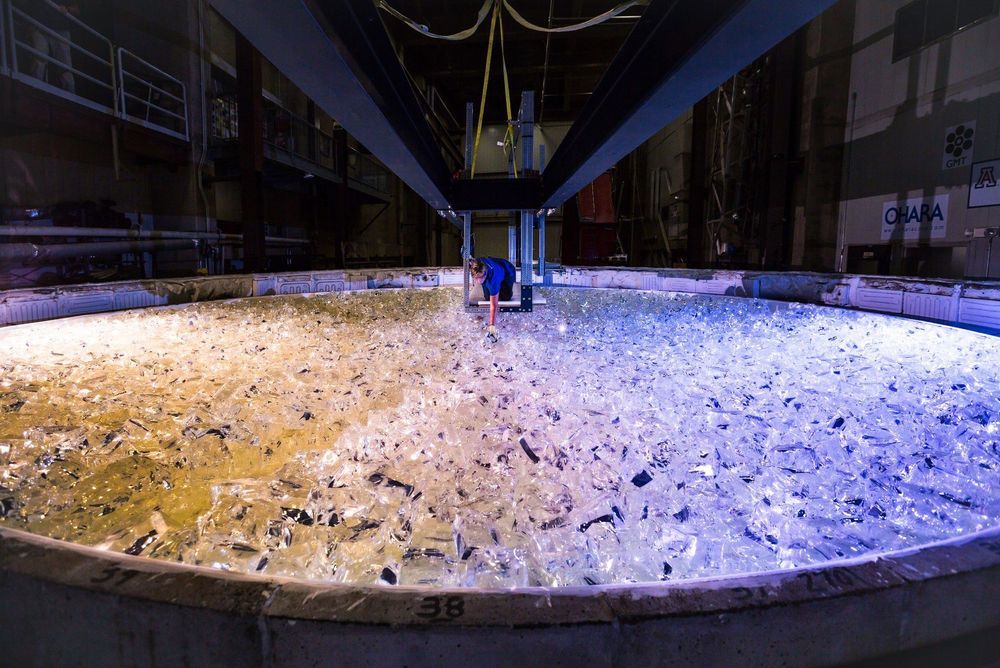Are you prepared for the Age of Machine Intelligence? That’s a time when machines anticipate consumers’ choices before they are made. That age is nearer than many people realize, according to author/futurist Mike Walsh, who said business leaders need to understand how the new reality impacts the decisions they make.
The National Automatic Merchandising Association show, held last week in Las Vegas, made an appropriate setting for Walsh’s message, given the number of exhibits and education sessions featuring artificial intelligence. While these new technologies impact many industries, the convenience services industry has experienced a significant boost in recent years thanks to AI, micro markets, cashless readers, digital signage, telemetry-based remote machine monitoring, smart sensor shelving, facial detection and voice technology.
Walsh, author of “The Dictionary of Dangerous Ideas” and CEO of Tomorrow, a consumer innovation research lab, challenged his listeners during his keynote presentation to think more creatively.

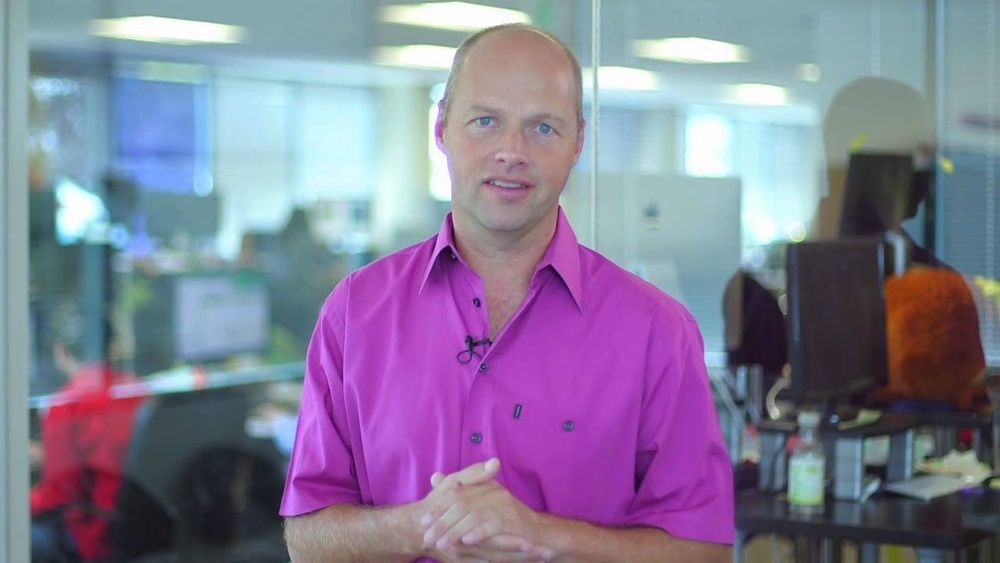
 Udacity was born out of a Stanford University experiment in which Sebastian Thrun and Peter Norvig offered their “Introduction to Artificial Intelligence” course online to anyone, for free. Over 160,000 students in more than 190 countries enrolled and not much later, Udacity was born.
Udacity was born out of a Stanford University experiment in which Sebastian Thrun and Peter Norvig offered their “Introduction to Artificial Intelligence” course online to anyone, for free. Over 160,000 students in more than 190 countries enrolled and not much later, Udacity was born.